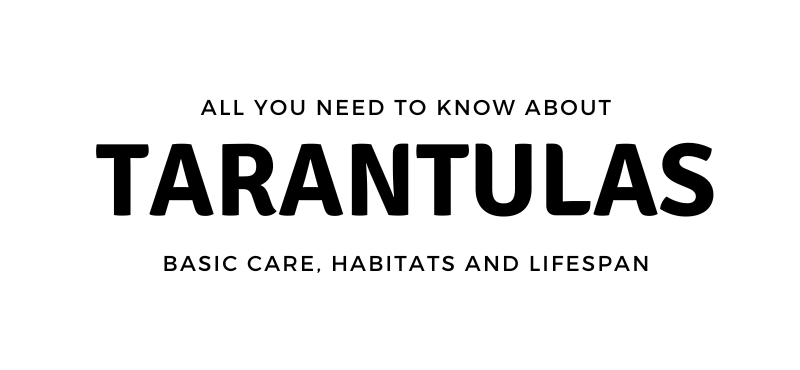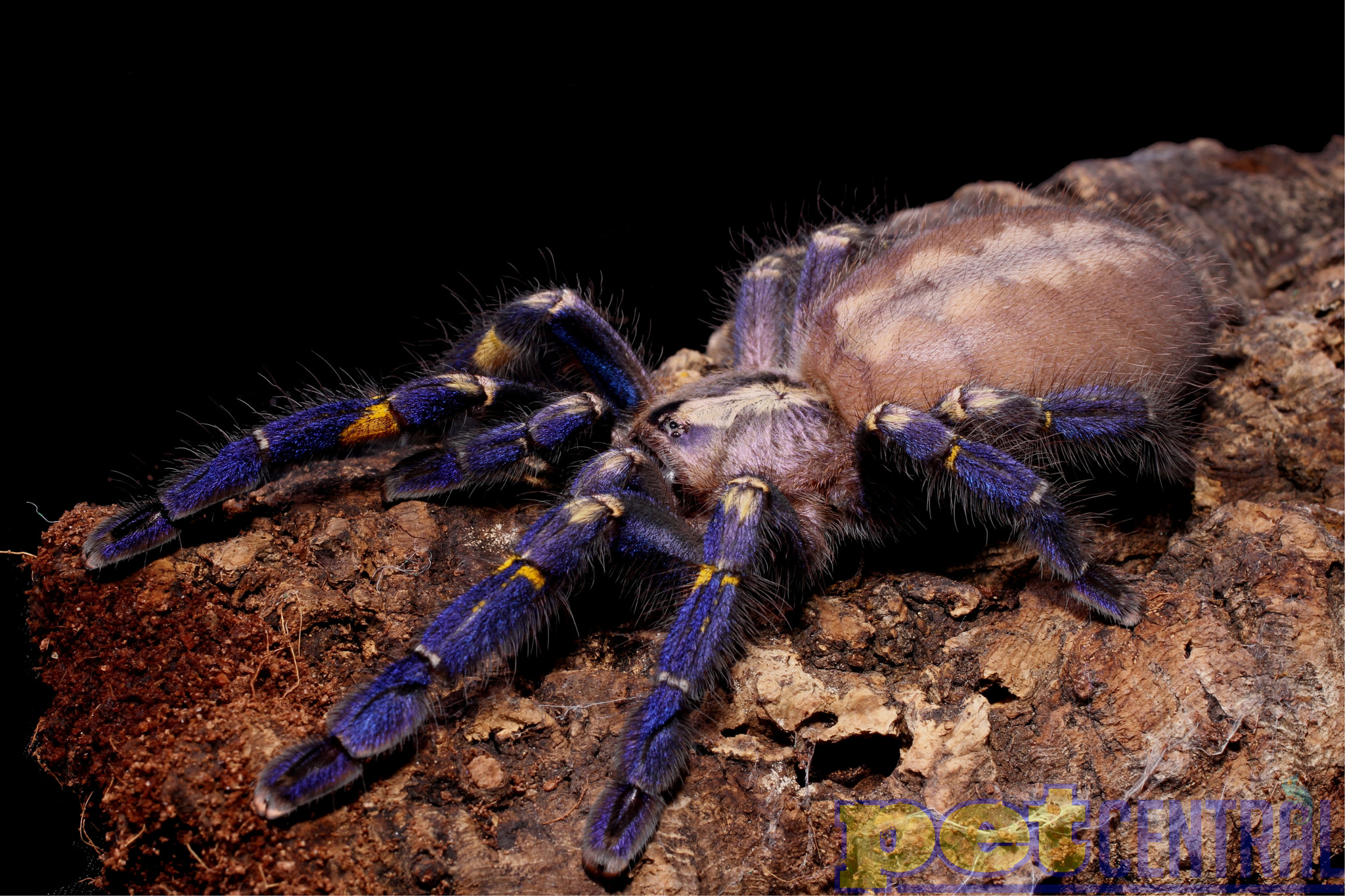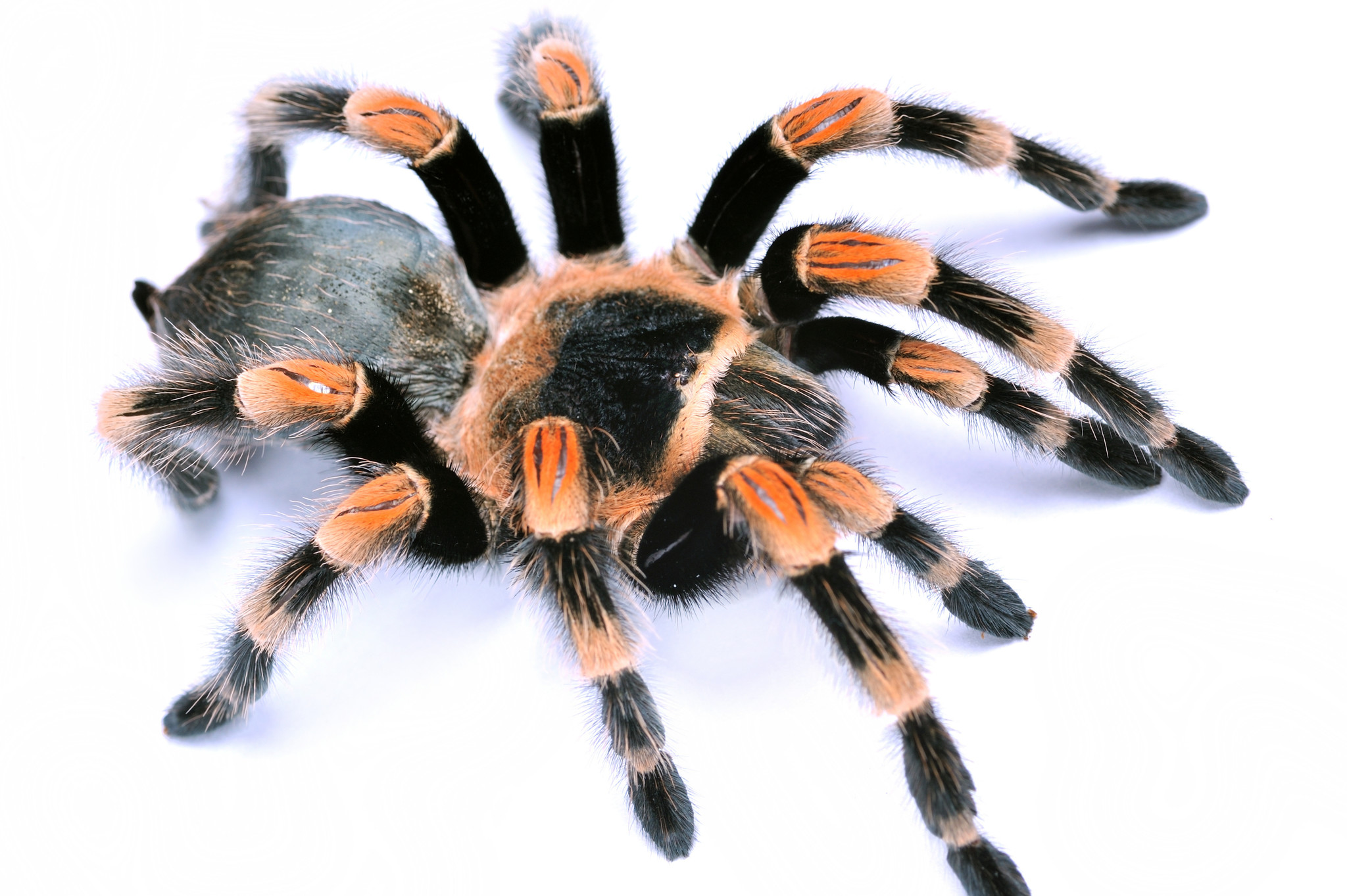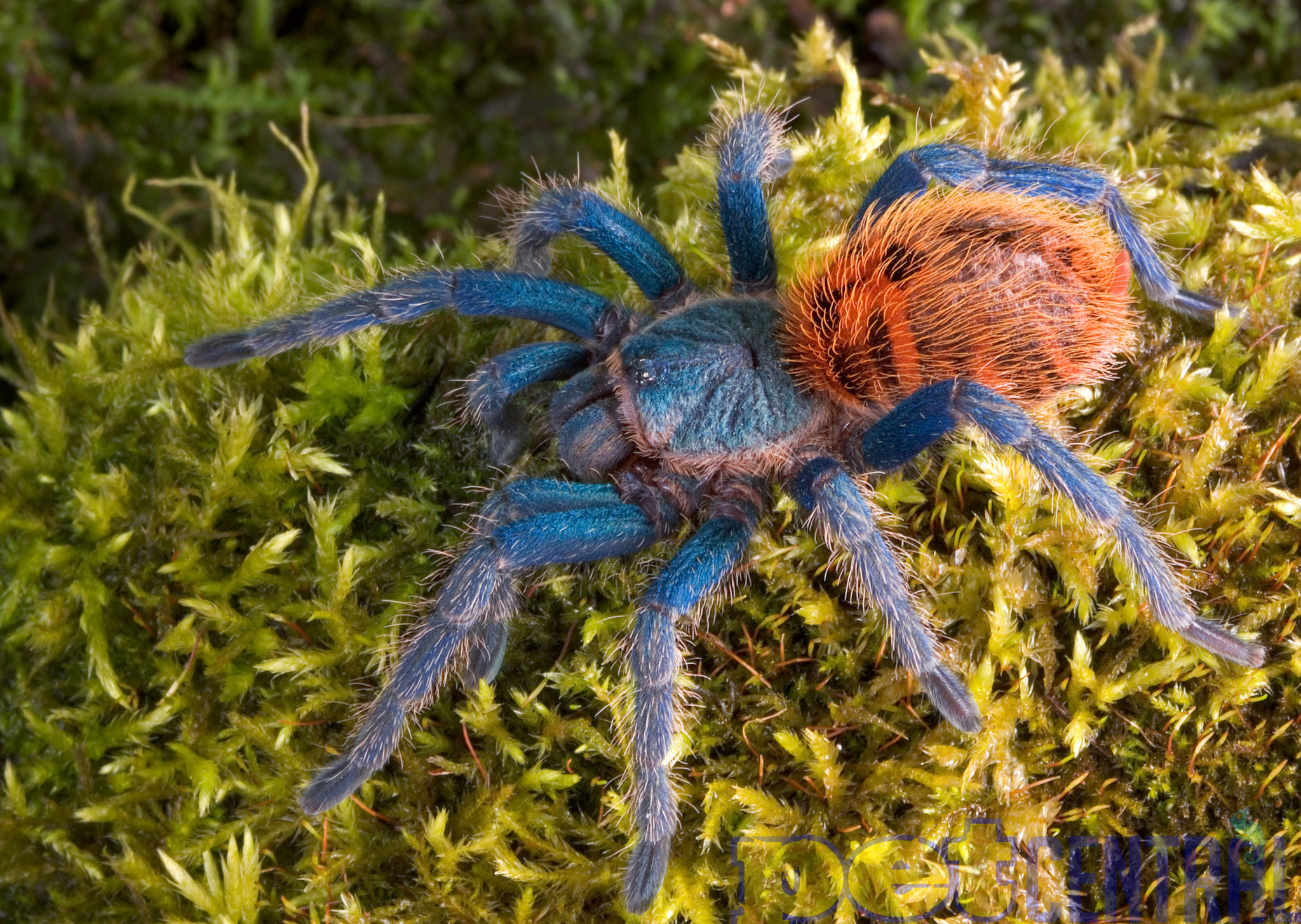
Who says tarantulas can't be pets as well? If you are someone who wants a tarantula, but doesn't know where to begin? Continue reading this article to learn everything you'd need to have a happy and healthy tarantula!

Lifespan and Size
This all depends on the tarantula! Male tarantulas that are terrestrial (ground dwelling) have been known to live 6-8 years if kept at the best conditions possible. While female tarantulas have been known to live approximately 15 years! In most cases, when you keep a tarantula, males average life span is 5-6 years. While females average lifespan is 8-9.
Size of tarantulas again depend on which type of tarantula you get! Some can stay extremely small, while others can get to the size of a large dinner plate!
Tarantulas molt. This is super important to know! When tarantulas molt they are in their most vulnerable stage. They're fragile, and are best to be left alone while they go through this very stressful event in their lives. If you see that your tarantula is molting, and you have a cricket or two left in there; take it out. This is for the safety of the tarantula to make sure it molts beautifully!

Diet
When it comes to feeding your tarantula, they only eat roughly one to two times a week! This all depends on their hunger levels as well. When you have a tarantula you'll learn how much you should be feeding your pet.
Do tarantulas need water bowls? If your tarantula is less than the size of a 50 ¢ coin, we recommend only misting them! Tarantulas get their water from their food source, so having a water bowl mainly helps with humidity. If you do put a water bowl in their, make sure to only use tap water, DO NOT use cricket gel or sponges.
Most tarantulas eat crickets, dubia roaches or other small insects! We base the size of the insect off the size of the tarantula! If you ever need help figuring out what size you need just ask an associate!
*DO NOT FEED YOUR TARANTULA WITH AN INSECT YOU CAUGHT OUTSIDE*
The reason for this, is because insects that live outside can carry any type of parasite or bring insecticides with them. You do not want to harm your tarantula with something like this. We highly recommend buying feeder insects from pet stores.

Habitats
Creating a habitat for a tarantula is easier than most people think! Tarantulas in the wild live in small spaces, so the best thing to do is re-create their natural habitat! It is best to get a shallow enclosure made for tarantulas or other insects that you can keep as pets. This will help with keeping humidity where it needs to be and not giving the spider to much space.
Substrate:
We recommend using Eco Earth as a substrate, you can mix it with other substrates as well. Just make sure it a substrate made for animals, and again not out of your backyard. It is best to have at least 2" of substrate on the bottom on the enclosure, no matter the type of tarantula!
Plants and Decorations:
Not all tarantulas need plants or décor in their enclosures! If you want to add some greenery to their enclosures we recommend using silk or plastic plants! They can be more stable for the tarantula, and you don't have to worry about potentially over watering the enclosure or having mold grow!
If your tarantula is terrestrial (ground-dwelling) we recommend leaving enough room between the top layer of substrate to the top of the enclosure the same distance as your tarantulas legs. This will help with any chance of your tarantula exploring their home and falling.
If your tarantula is arboreal (climbing), we recommend getting more of the plants and some cark bark for them to climb up on. This will help them get to the top of the enclosure and feel more in their natural habitat!
Habitat levels:
Heat: 70°-75°F (Tarantulas do not need a source of heat, unless you keep your house extremely cold)
Humidity: 60%-90% (This depends on which type of tarantula you have)


Leave a comment